Washington, D.C. is the capital city of the United States. D.C. (The District of Columbia) is a specially created area that is not a state or part of any of the nation's 50 states. As well as the White House and the Capitol Building, many major national governmental offices are to be found in the city, which was named after the first U.S. President, George Washington. This web page attempts to give a brief outline of the city, alongside some of my photographs taken from a visit here in the 1990's. It also covers two other nearby places, namely Arlington National Cemetery, which is in Arlington County, Virginia, just across the Potomac River from Washington, D.C and Mount Vernon, which is situated on the banks of the Potomac River in Fairfax County, Virginia and was the plantation house of George Washington and his wife, Martha.

Since 1800, Washington D.C. has been the home of all three branches of the U.S. government, namely Congress, the President, and the Supreme Court. Since then, as the capital of the United States, it has grown to become one of the most attractive capital cities in the world. It began in 1791, when President George Washington selected the location and a designer for the new capital. The plan was drawn up by Pierre Charles L'Enfant, a Frenchman, and a year later his thoughtfully laid out design for the city became a reality. The growth of Washington was initially slow, and it wasn't until 1800 that the government finally moved here from Philadelphia. At first, the city was made up of a 10 square mile area comprising a southern part which was ceded by Virginia on one side of the Potomac River and a northern part which was ceded by Maryland on the other side. In 1847, Virginia's part was returned to it, and this is now Arlington County and part of the city of Alexandria. The "Territory of Columbia", as it was known at that time, then became the city of "Washington". Pierre Charles L'Enfant's design was with great foresight. Patterned in part on the expansive Versailles in France, he selected Capitol Hill as the focal point and laid out broad avenues radiating out from centres placed within the rectangular pattern of the streets. Although his original plan was much changed in the end, his wide avenues and sweeping vistas combined with the monumental buildings make Washington D.C. unlike any other city in the United States. On 24th August, 1814, in retaliation for attacks on Canadian soil, the British took the city. They had sent 4,000 men up Chesapeake Bay towards Washington and over the next few days, they burned all of the public buildings, including the White House with only the combined post and patent offices as an exception. The White House was rebuilt by 1817 and two years later, the Capitol Building was restored and ready to be used again. Over the years, the city grew rapidly. Whereas in 1840 there were only 44,000 inhabitants, 20 years later, this figure reached 75,000. In 2005, the United States Census Bureau said that about 582,049 people live in D.C. A relatively large proportion of these work for the Federal Government. Today, all of the major political parties are based in Washington and it is also the home of the World Bank and the International Monetary Fund (IMF).
As per the original plan, Washington has a large number of parks, squares, roundabouts (this is how you can tell you're in D.C.!) and open spaces. There are stringent planning regulations particularly with building height, which is why in D.C. there is no downtown cluster of modern skyscrapers akin to those seen in other American cities. Whilst Washington is the centre of the Federal Government, it has also become one of the nations great cultural centres. In the city are numerous museums, art galleries, libraries, churches, parks and monumental buildings. It is not surprising to find millions of visitors from all over the world come here to see this world famous capital.
My photos in the thumbnail gallery above include some of the city's sites, such as the John F. Kennedy Memorial Center for the Performing Arts, the Lincoln Memorial, the incredibly moving Vietnam Veterans Memorial and the Capitol Building (Note: The iconic United States Marine Corps War Memorial (Iwo Jima Memorial) is located just outside D.C. in Arlington County).
Arlington National Cemetery
The thumbnail gallery below shows some photos taken from Arlington National Cemetery, which is just over the Potomac River from D.C. in Arlington County, Virginia. People who served in the United States military are buried here. It began life during the American Civil War on a large farm, Arlington House, which was the home of Mary Anna Custis Lee. She was the wife of Confederate General Robert E. Lee and also a great-granddaughter of Martha Washington. The old farmhouse still stands in the middle of the cemetery. Covering 624 acres, anyone who died serving the United States in a war and military veterans are allowed to be buried here. This means the graves represent all periods of the nation's history of warfare from the American Civil War right through to the latest conflicts of the 21st century. People who were buried here before the Civil War were reburied after 1900. In addition, a number of other notable people who have served the country are buried here, or remembered. Examples of graves I saw here on my visit included those of President John F. Kennedy, Senator Robert F. Kennedy, Captain Michael J. Smith and Colonel Francis "Dick" Scobee of the Space Shuttle Challenger (along with a memorial to all seven who died in the accident), President William Howard Taft and the Tomb of the Unknowns. Arlington National Cemetery is taken care of by the United States Army, whilst Arlington House its land are taken care of by the National Park Service as a memorial to Lee.
Christ Church
The three photos below are of the historic Christ Church in Alexandria, Virginia. It was completed in 1773 for an Episcopal in 1765 and represents one of the least altered of Virginia's few surviving colonial-era churches. Churchgoers in the past here included George Washington and Robert E. Lee. On 1st January 1942, Franklin Roosevelt and Winston Churchill visited the church to commemorate World Day of Prayer for Peace.



Mount Vernon
The final photos on this webpage, below, are taken from Mount Vernon which is a short drive outside of D.C. near Alexandria, Virginia on the banks of the Potomac River. Mount Vernon was the plantation home of George Washington, who designed the house which was built of wood in 1757. The construction is of a neoclassical Georgian architectural style. Mount Vernon was designated a National Historic Landmark in 1960 and is listed on the National Register of Historic Places. The property is open to visitors and maintained in trust by The Mount Vernon Ladies' Association. As well as the house, there are some notable sites in the grounds, including The grave of President George Washington at Mount Vernon [see 4th photo down] and the Slave Memorial [last photo].
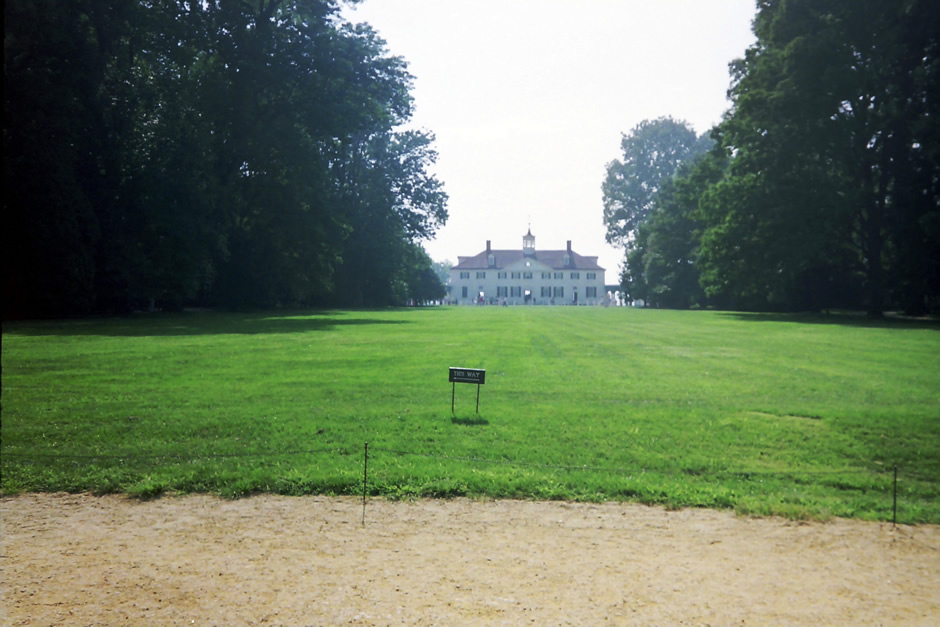
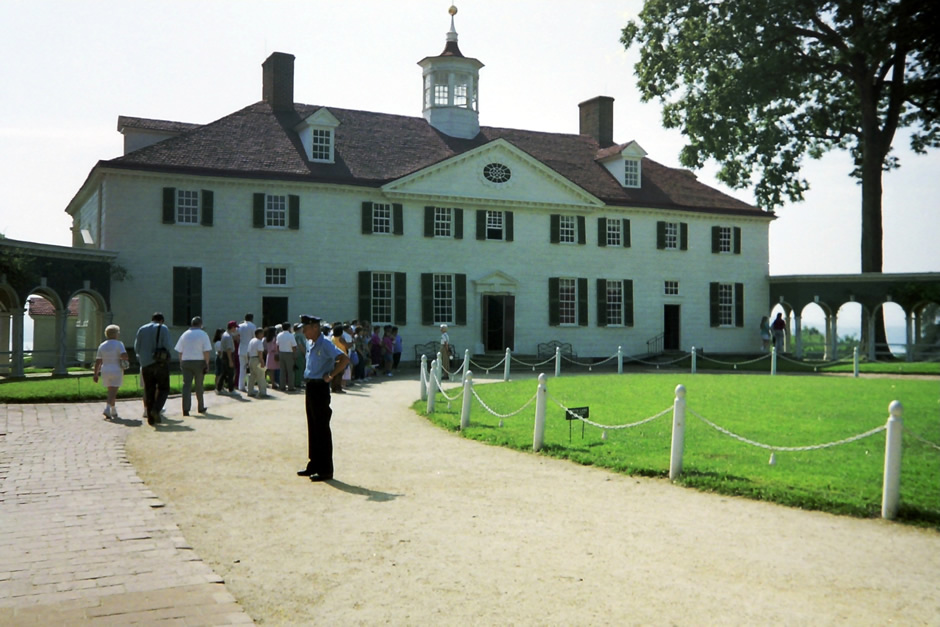
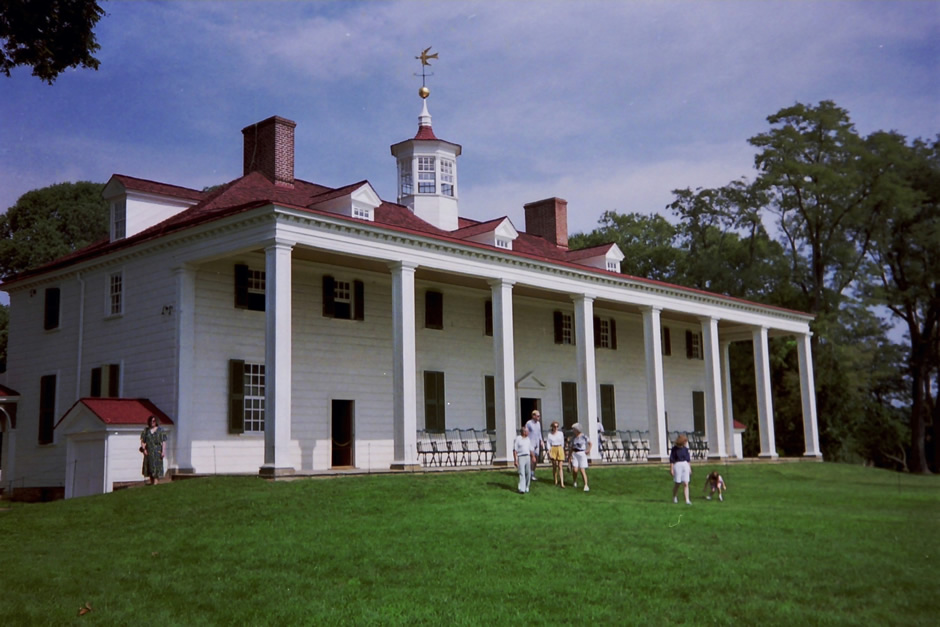
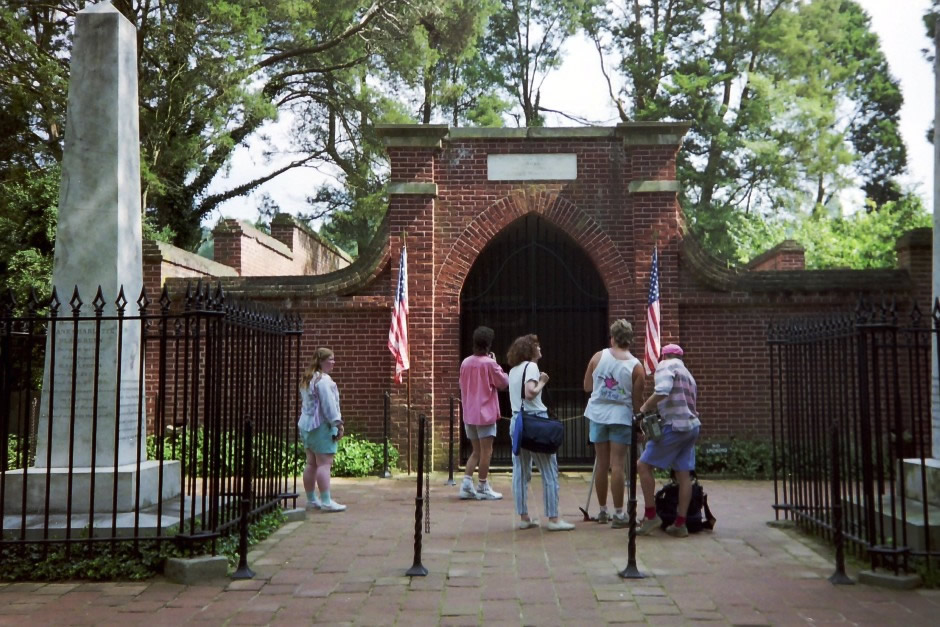
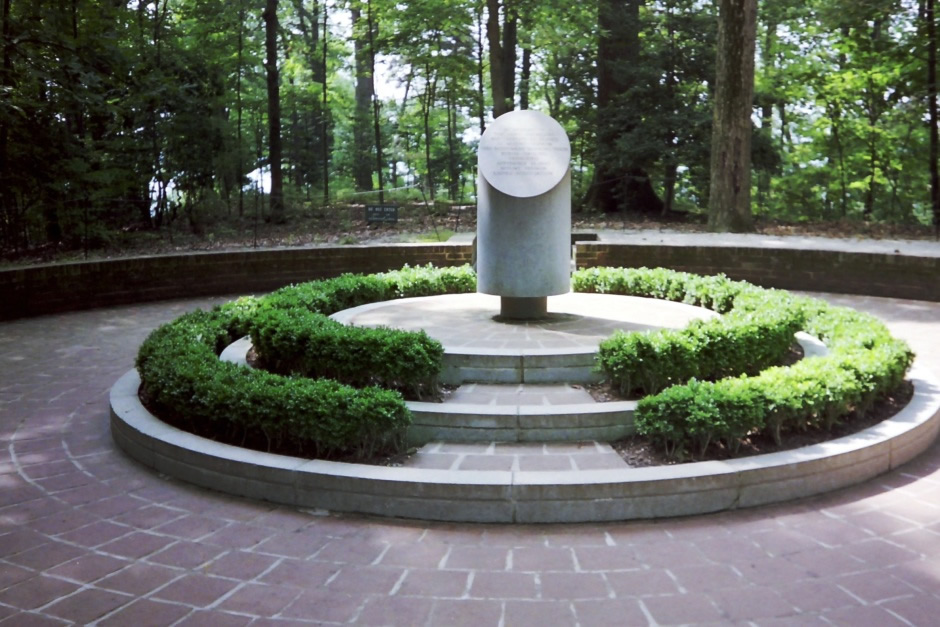
Back to Top